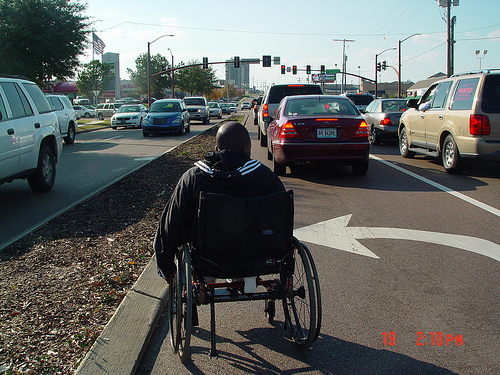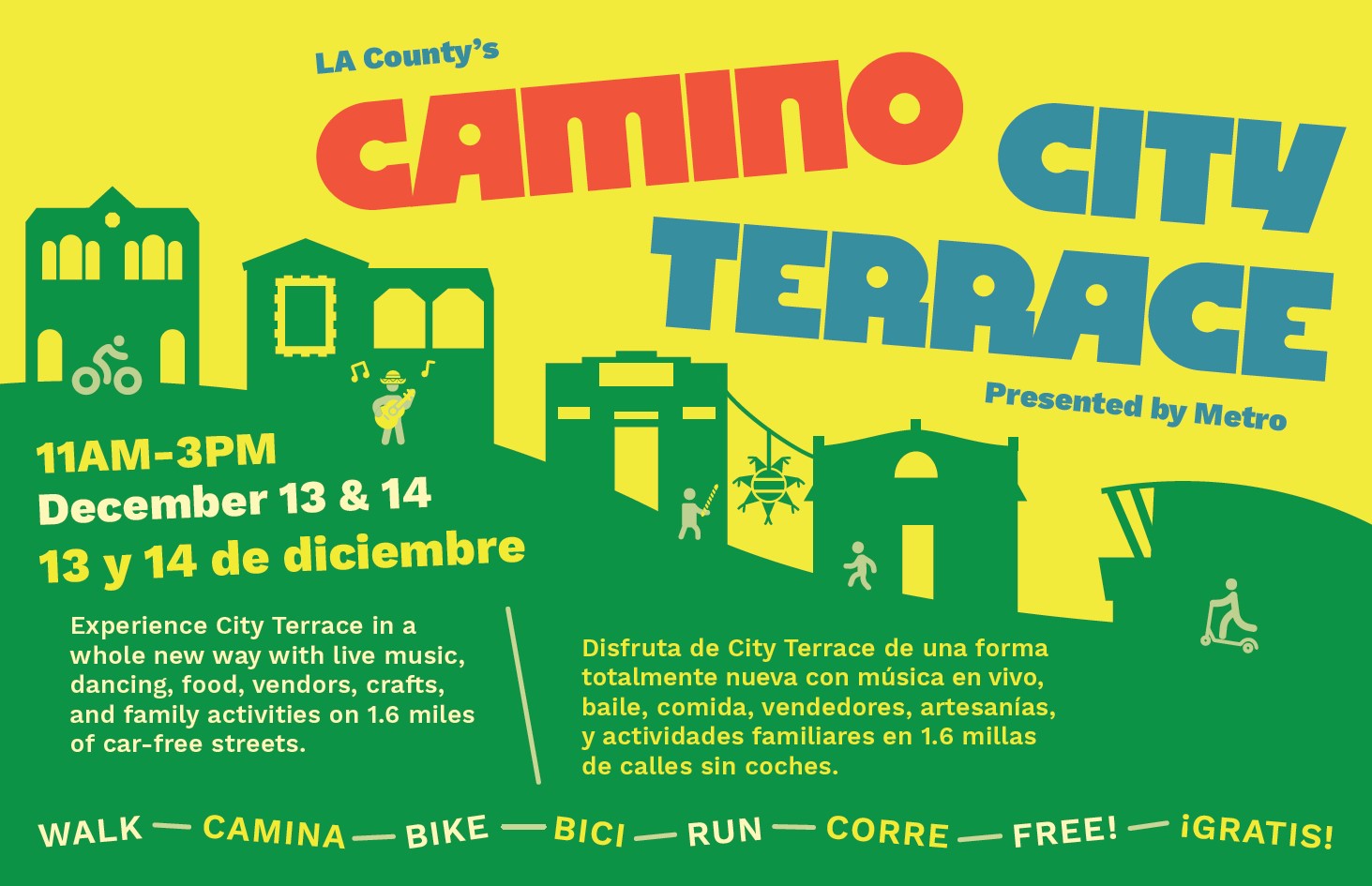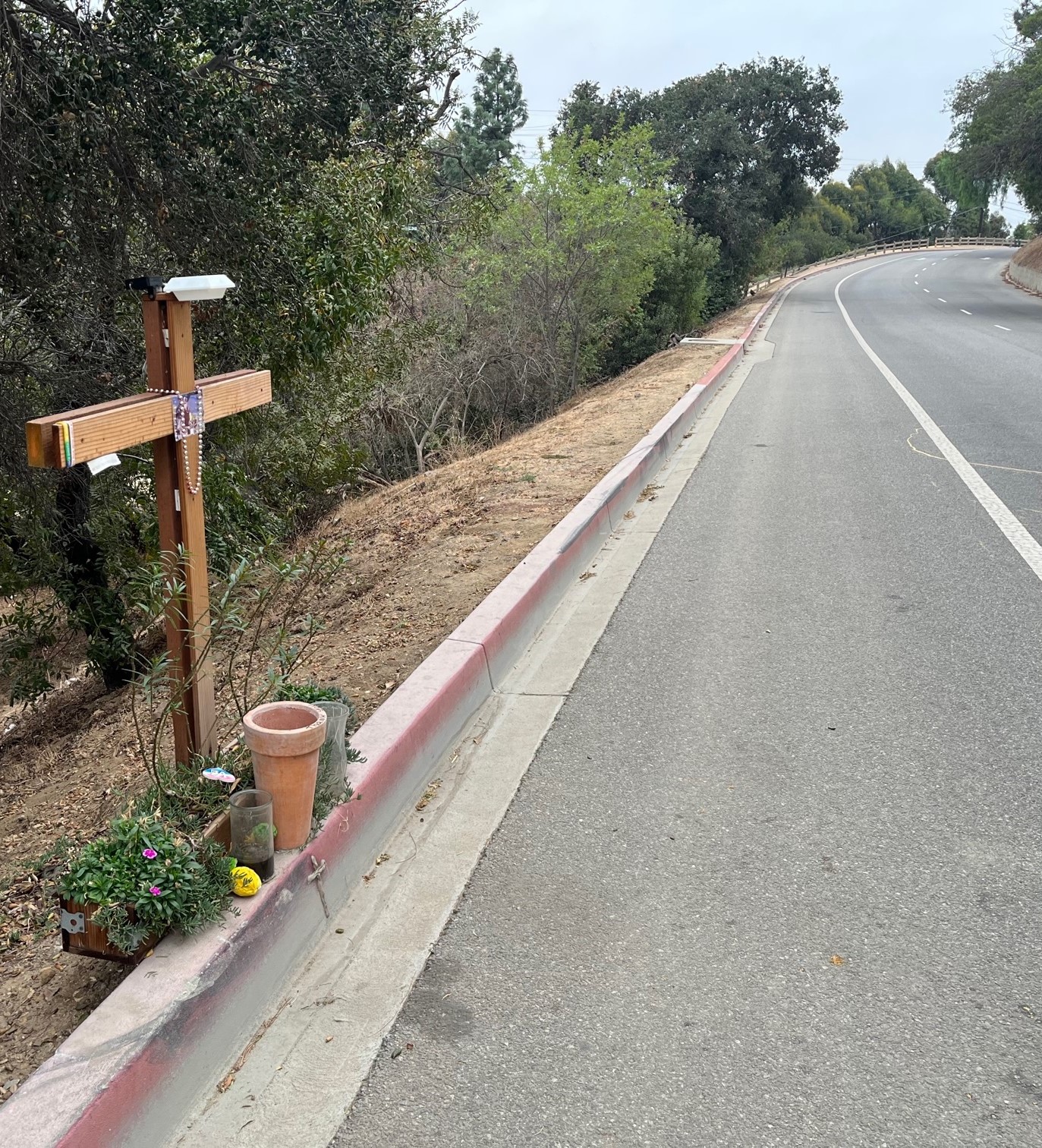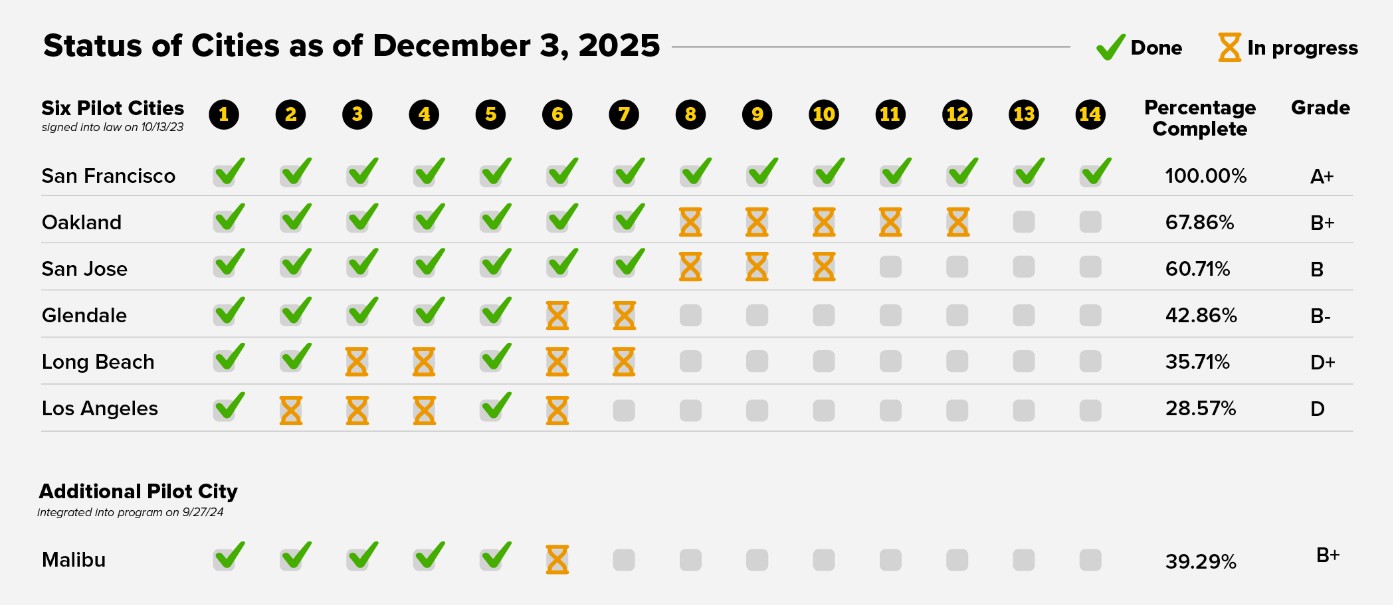
When it comes to preventing traffic fatalities, are the country’s leading authorities missing the point?
Scientists at the Center for Disease Control told the New York Times last week that the key to preventing traffic deaths is strong seat belt laws, speeding enforcement, car seat promotion, drunk driving prevention and restrictions for teenage drivers. Traffic collisions claim 40,000 lives annually in the United States.
Urbanists like Phil Langdon, writing for the New Haven Safe Streets Coalition, wonder why perilous streets fail to warrant discussion, given the wealth of research linking specific road designs to traffic fatalities:
It seems strange that an epidemiologist at the CDC — which recently has shown a strong interest in the effects of community design — would not point out the role played by roadways that practically invite motorists to speed.
Planning consultant Peter Swift and others, in a study that was first presented to the Congress for New Urbanism in 1997, amplified in 2002, and amplified again in 2006, identified an important reason for serious traffic accidents: Many residential streets are too wide.
After studying the conditions under which nearly 20,000 accidents occurred over eight years in Longmont, Colorado, Swift and his co-authors came to an unambiguous conclusion: “narrow streets are safer.” They declared: “Clear relationships are evident between accident frequency and street width.” In the Longmont study, the difference between a typical 36-foot-wide residential street and a 24-foot-wide street was found to be “a 487 percent increase in accident rates.”
Additional research has linked suburban-style street patterns to increased traffic fatalities, as well, Langdon writes. The CDC’s failure to mention these factors highlights the inconsistent signals from public health leaders when it comes to traffic deaths. While some CDC studies have mentioned the need to reduce driving, officials don’t seem to be in the habit of promoting that message the same way they urge the public to buckle up or avoid driving drunk.
Elsewhere on the Network: Vote with Your feet Chicago wonders whether the Windy City has lost its momentum when it comes to promoting cycling; Missouri Bicycle and Pedestrian Federation celebrates the enormous turn out for an Open Streets event in Madison; and Crossroads explores how Transit Oriented Development could reduce residential segregation.






